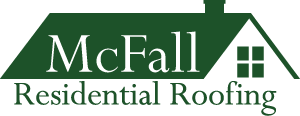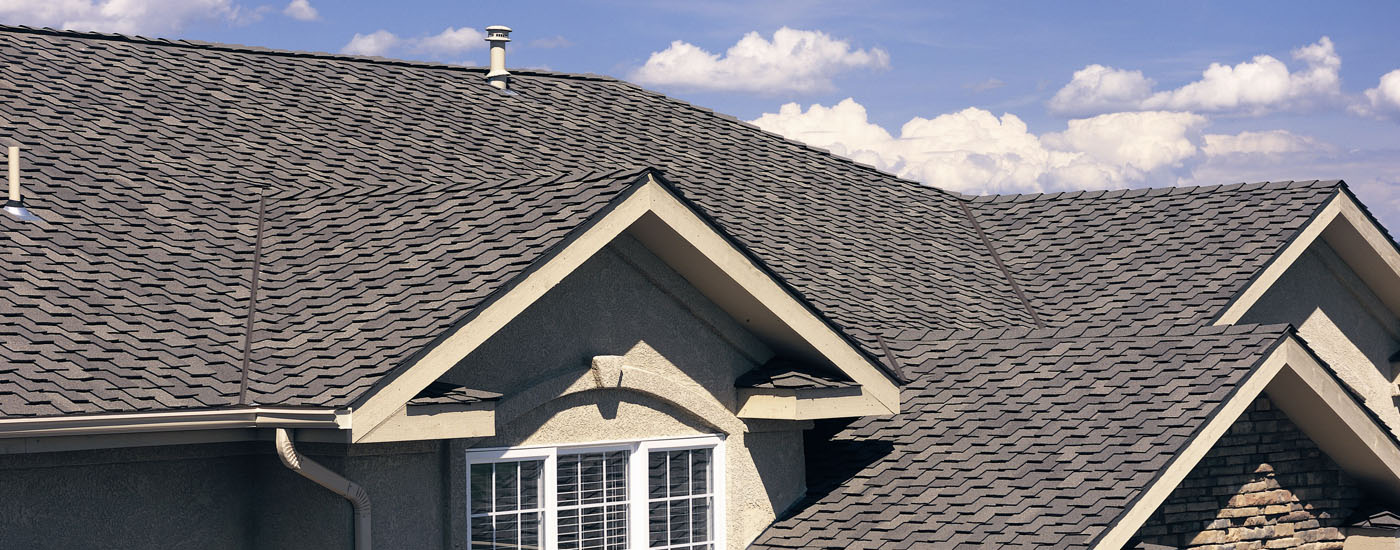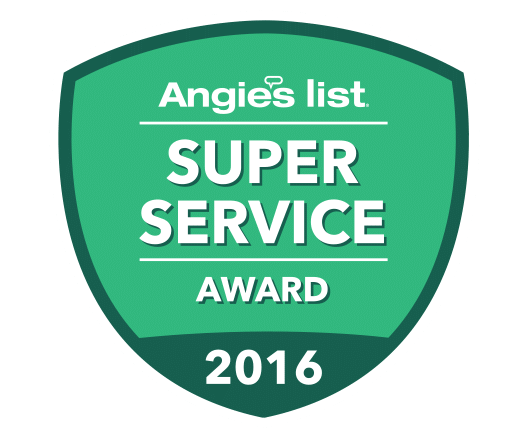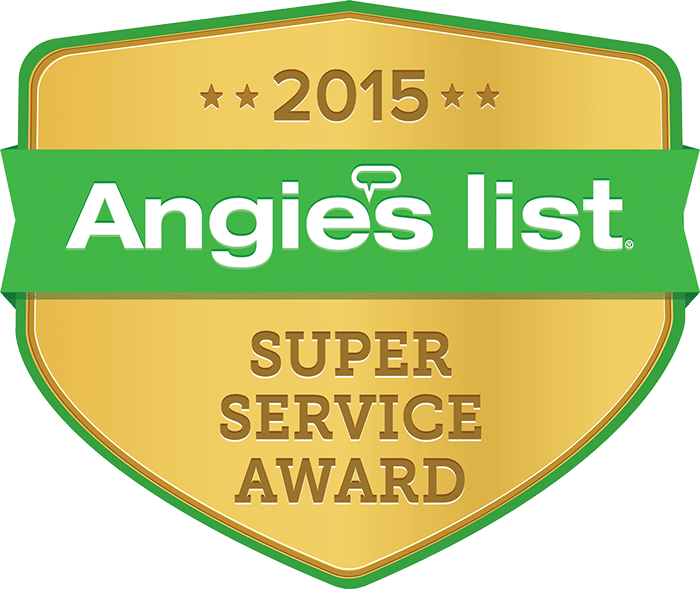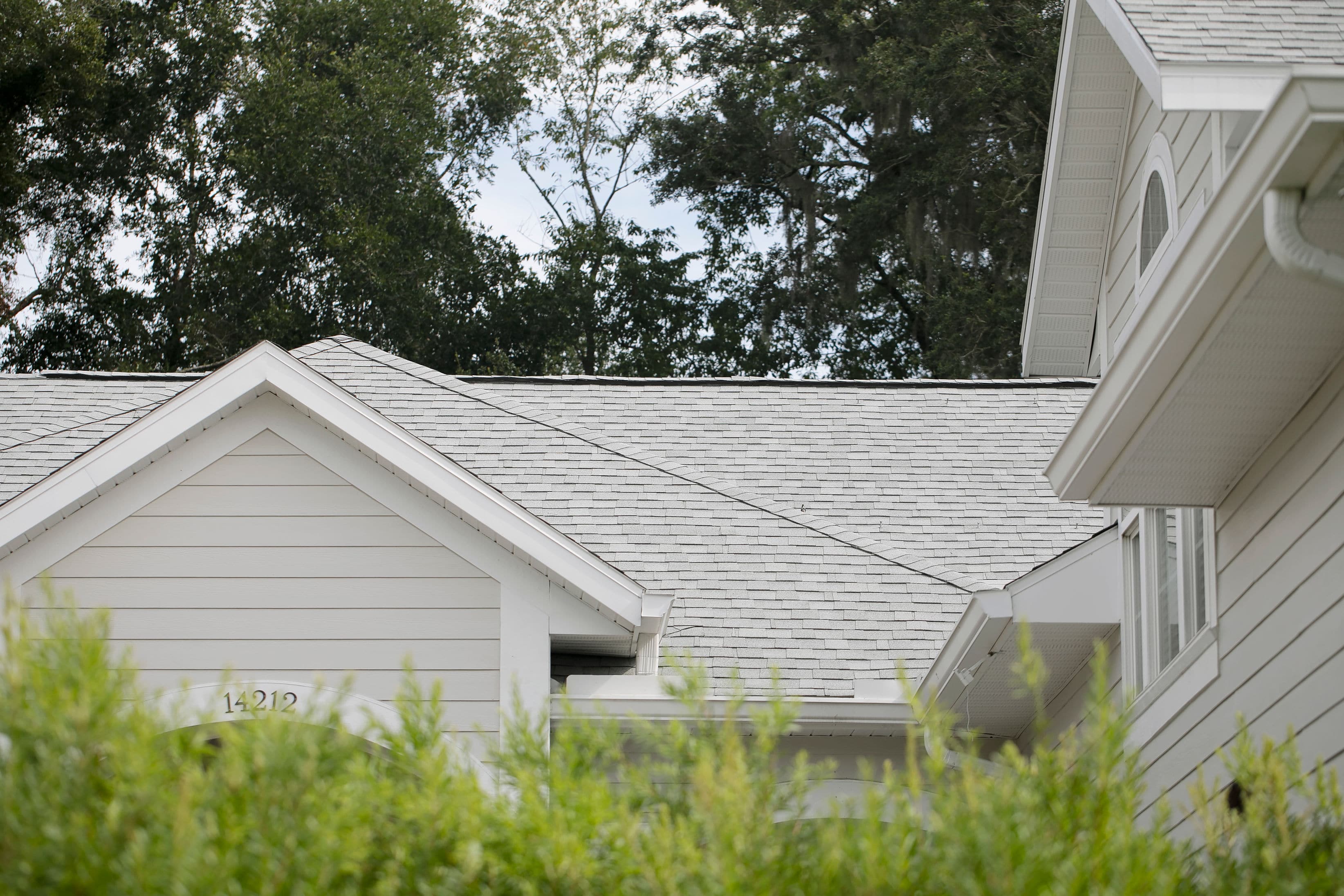
Your roof is your home’s first line of defense against the elements. In Gainesville, FL, where we experience everything from scorching sun to heavy rains and occasional hurricanes, it’s crucial to ensure your roof is in top condition. A good roofing inspection checklist can help you identify potential issues early, preventing costly repairs down the line. Here’s the ultimate roofing checklist specifically designed for Gainesville homeowners.
Why Do I Need A Roof Inspection?
Conducting regular roof inspections is crucial for maintaining the safety, efficiency, and longevity of your home. These inspections can help identify potential issues early on, such as leaks, wear and tear, damaged shingles, or structural problems, before they escalate into more significant, costly repairs. Additionally, regular checks ensure that your roof can withstand extreme weather conditions, preventing unexpected failures.
By prioritizing these inspections, homeowners can save money in the long run, enhance the overall performance of their roof, and ensure the safety and comfort of their living environment.
Here are some of the reasons to invest in regular roof inspections:
- Early Detection of Issues: Inspections help you spot minor problems before they escalate into major repairs or even necessitate a full roof replacement.
- Prolonging Roof Lifespan: By addressing issues promptly, you can extend the life of your roof, saving you money in the long run.
- Maintaining Home Value: A well-maintained roof is a key factor in preserving your home’s value and curb appeal.
- Ensuring Safety: A damaged roof can pose safety hazards to your family. Inspections help mitigate these risks.
Older Roofs Become More Vulnerable
As your roof ages, it becomes more susceptible to damage. In Gainesville, the intense sun, heavy rains, and occasional hurricanes can accelerate wear and tear. It’s recommended to schedule professional inspections:
- Every 3-5 years for roofs less than 10 years old
- Every 2-3 years for roofs between 10-20 years old
- Annually for roofs over 20 years old
Evaluating Shingles for Signs of Damage or Deterioration
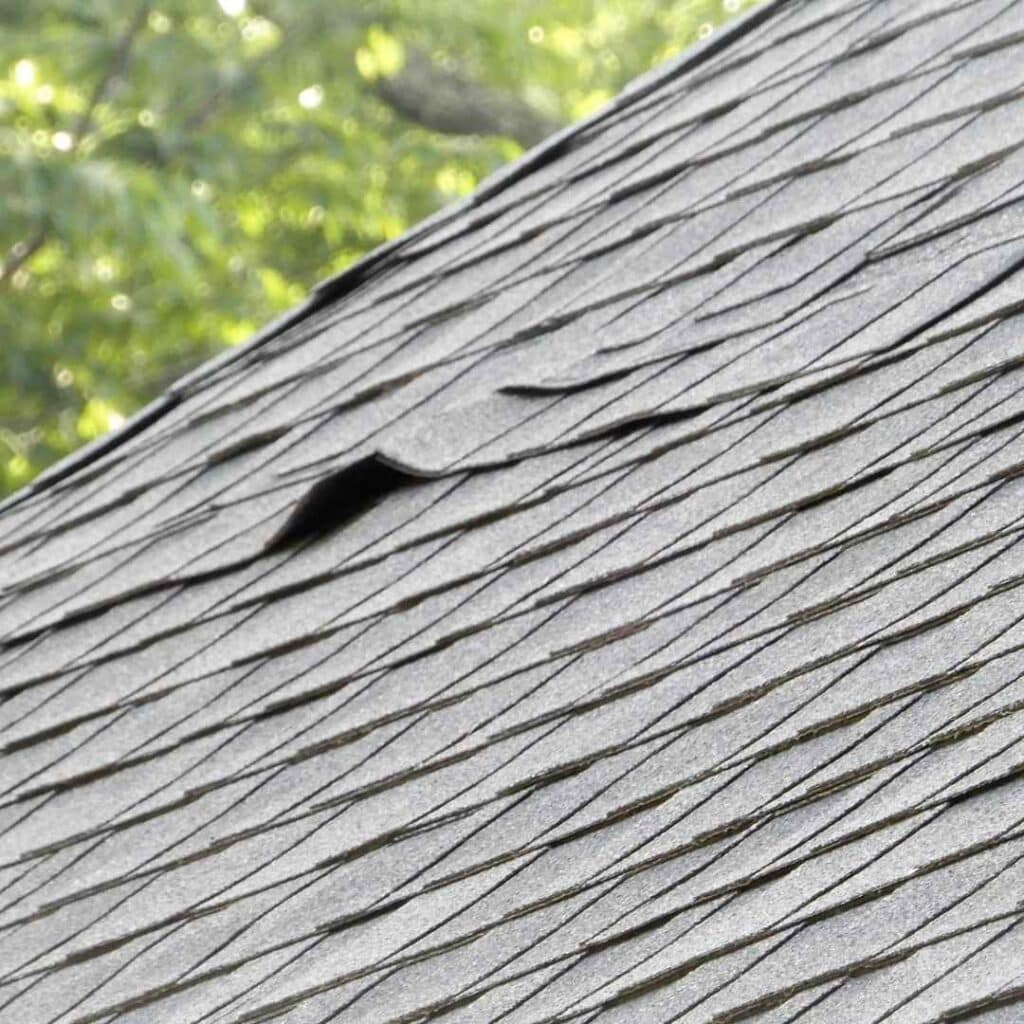
Shingles serve as the primary protective layer for your roof, acting as the first line of defense against weather elements. During your inspection, it’s important to carefully examine them for signs of wear or damage. Look for:
- Cracking and curling: Shingles that are cracked, curled, or completely missing, indicating potential exposure to underlying materials.
- Bald spots: Visible bald spots on shingles where protective granules have worn away, making them more vulnerable to the elements.
- Moss: The presence of moss or algae growth on the roof’s surface, which can signal underlying moisture issues that may lead to more significant damage.
Inspecting Flashings for Signs of Leakage or Corrosion
Flashings are the essential metal strips used to seal and protect the joints of a roof, as well as around structures like chimneys and vents, from water intrusion. It’s important to regularly inspect these areas for signs of wear or damage. Keep an eye out for:
- Rust or corrosion: This can weaken the structural integrity and aesthetic appeal of metal surfaces.
- Loose or missing flashings: Properly fitted flashing is critical for preventing water from penetrating the roof and causing interior damage.
- Gaps or cracks: Look out for gaps that could allow water intrusion, leading to potential mold growth and compromising the building’s insulation.
Check Cleaning Gutters and Downspouts
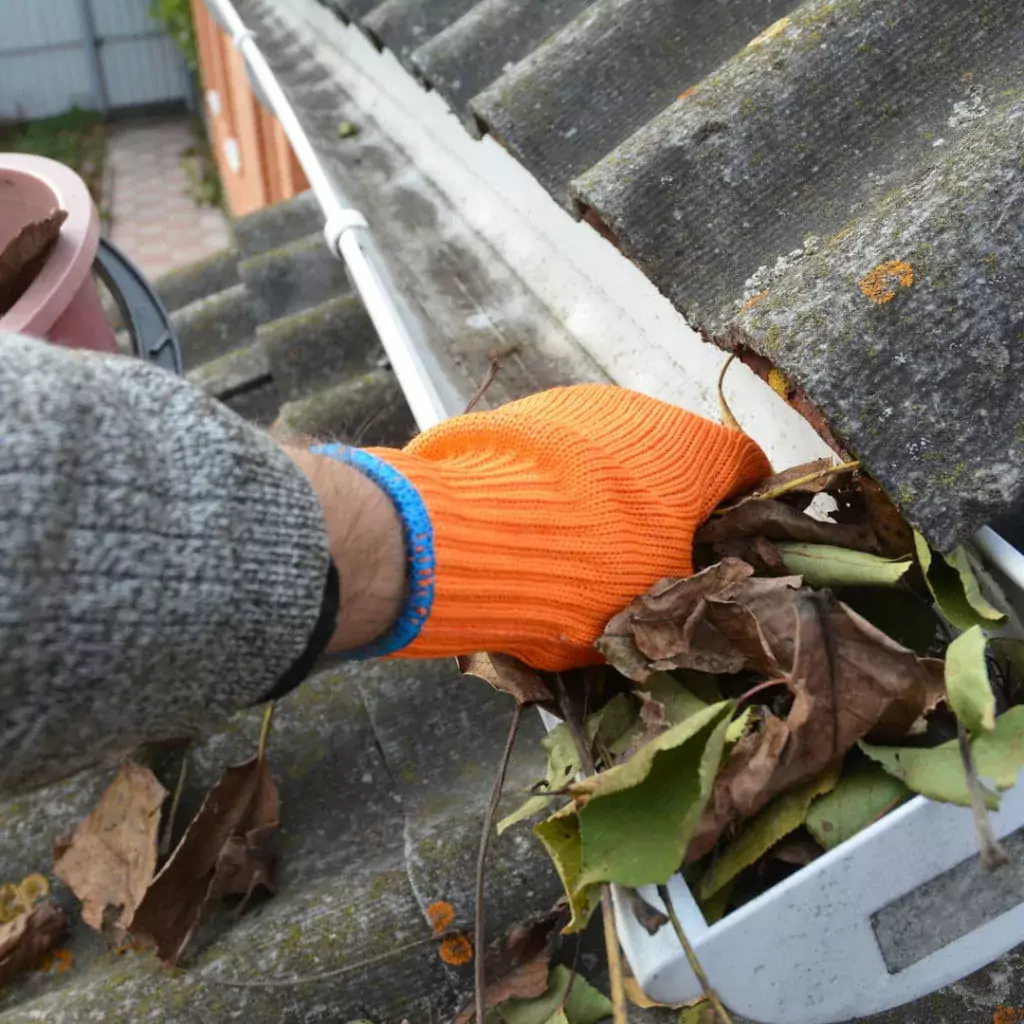
Clogged gutters can cause water to back up under your shingles, leading to leaks. This can cause significant damage to your home’s structure and interior if not addressed promptly. It’s important to regularly clean your gutters and check for blockages, especially after heavy storms or during the fall when leaves are likely to accumulate.
As part of a regular inspection/maintenance checklist be sure to:
- Remove debris from gutters and downspouts
- Check for leaks or cracks
- Ensure proper drainage away from your home’s foundation
Assessing Roof Ventilation and Insulation

Proper ventilation and insulation are key to regulating your attic’s temperature and moisture levels, ensuring a comfortable and safe environment in your home. It’s important to regularly assess these aspects to prevent issues such as mold growth and structural damage. Look out for:
- Soffit and ridge vents for blockages
- Attic insulation for adequate coverage and even distribution
- Signs of moisture or mold in the attic
Evaluating the Roof’s Stability
The structural integrity of your roof plays a pivotal role in ensuring the safety and durability of your home, acting as the first line of defense against environmental elements. To maintain this integrity, it’s crucial to conduct regular inspections to identify potential issues before they escalate. During any inspections, pay close attention to signs of wear and tear, such as:
- Sagging or uneven roof planes
- Daylight visible through the roofboards
- Signs of water damage or leaks in the attic
This checklist is a great starting point, but for your peace of mind and the utmost care of your home, it’s crucial to arrange professional roof inspections and repairs. We at McFall Roofing understand the importance of a safe and durable roof for Gainesville homeowners. Our experienced team is here to support you every step of the way. Reach out to us today to schedule your inspection, and rest easy knowing your home is in good hands.
